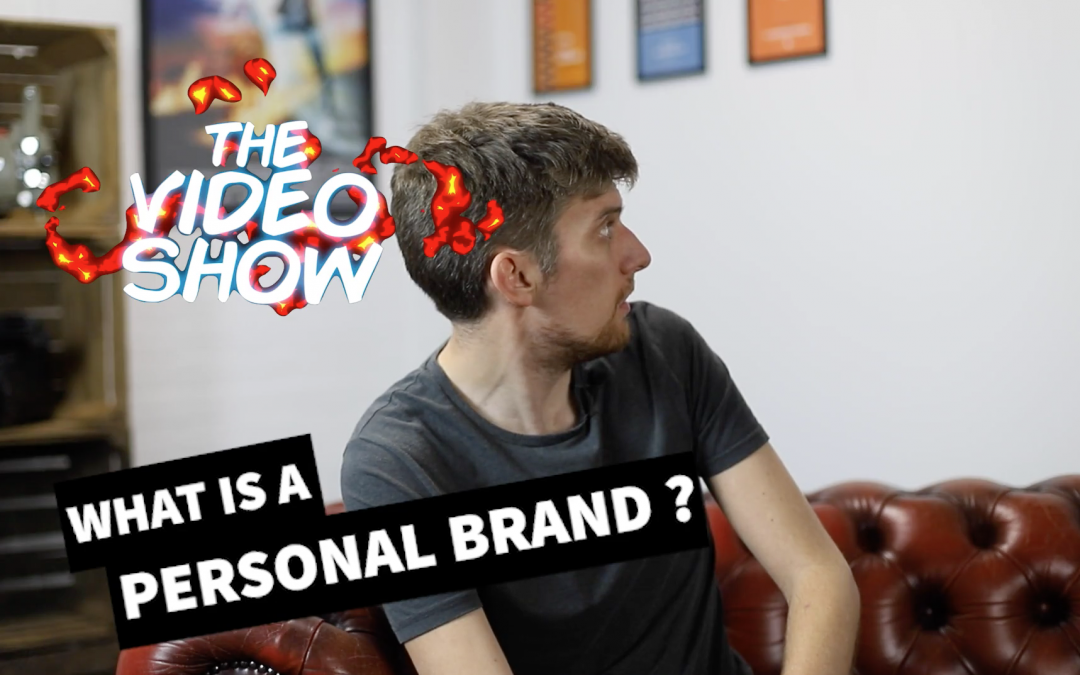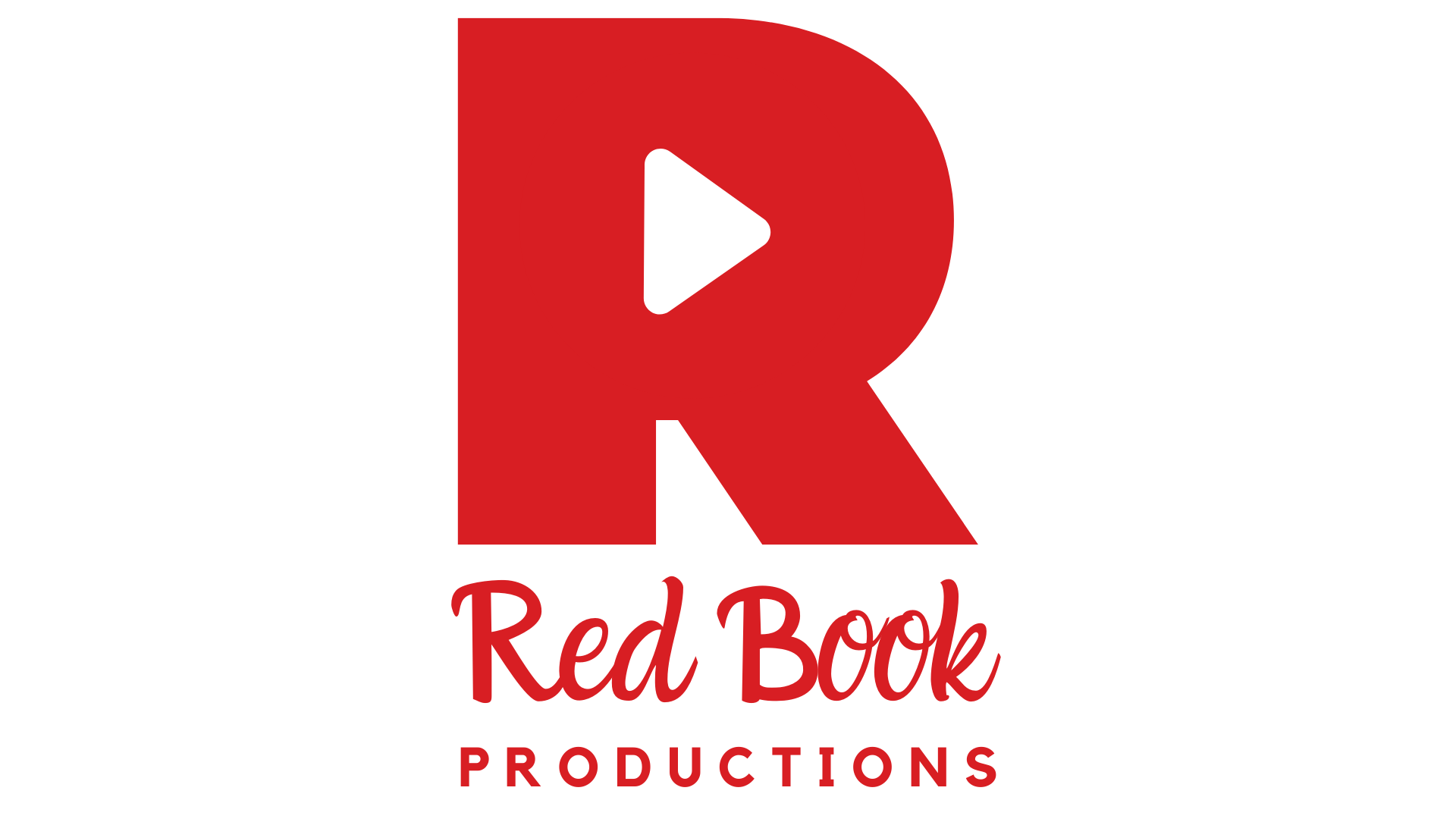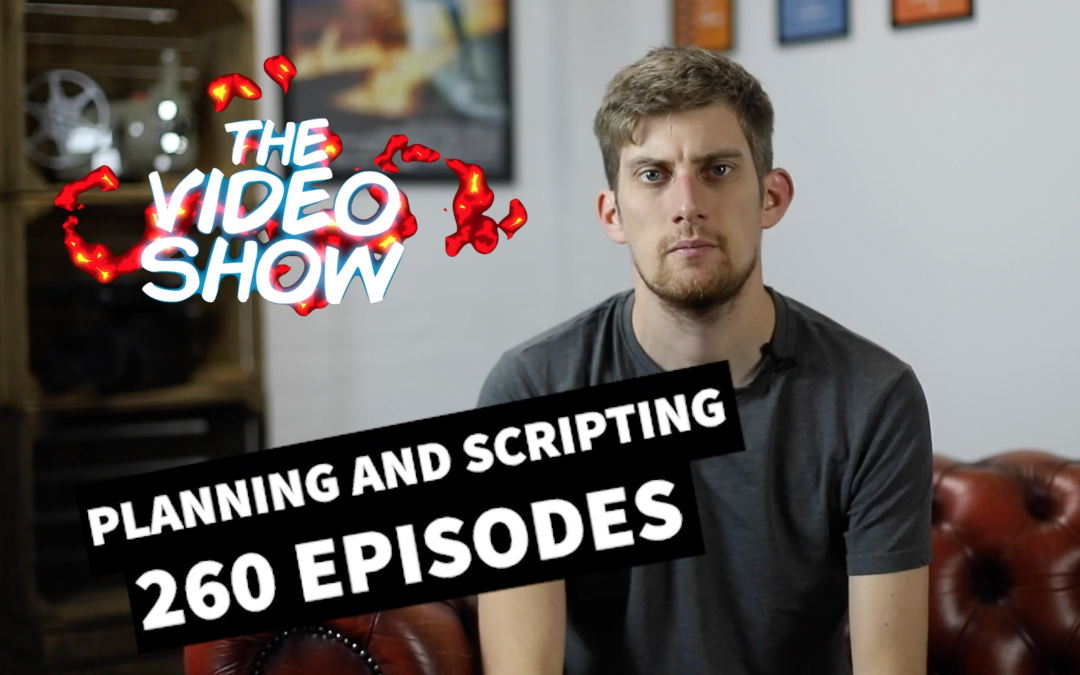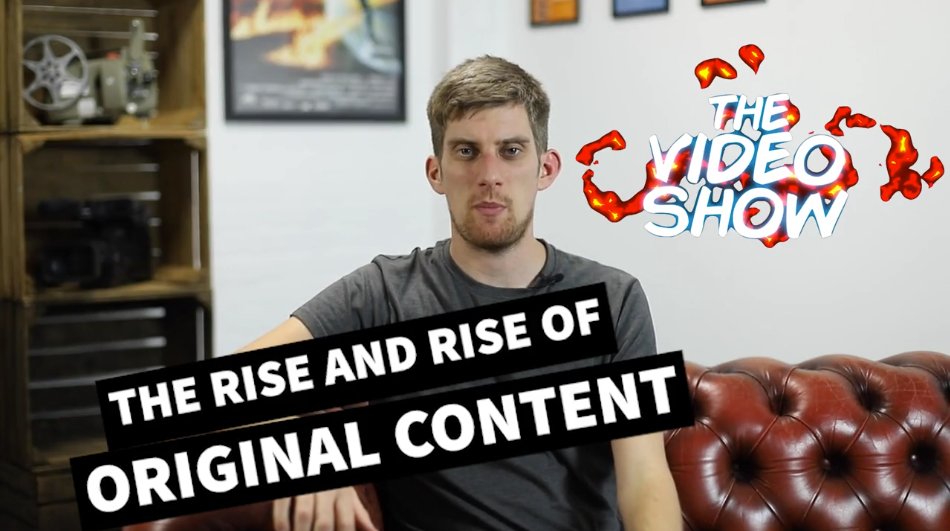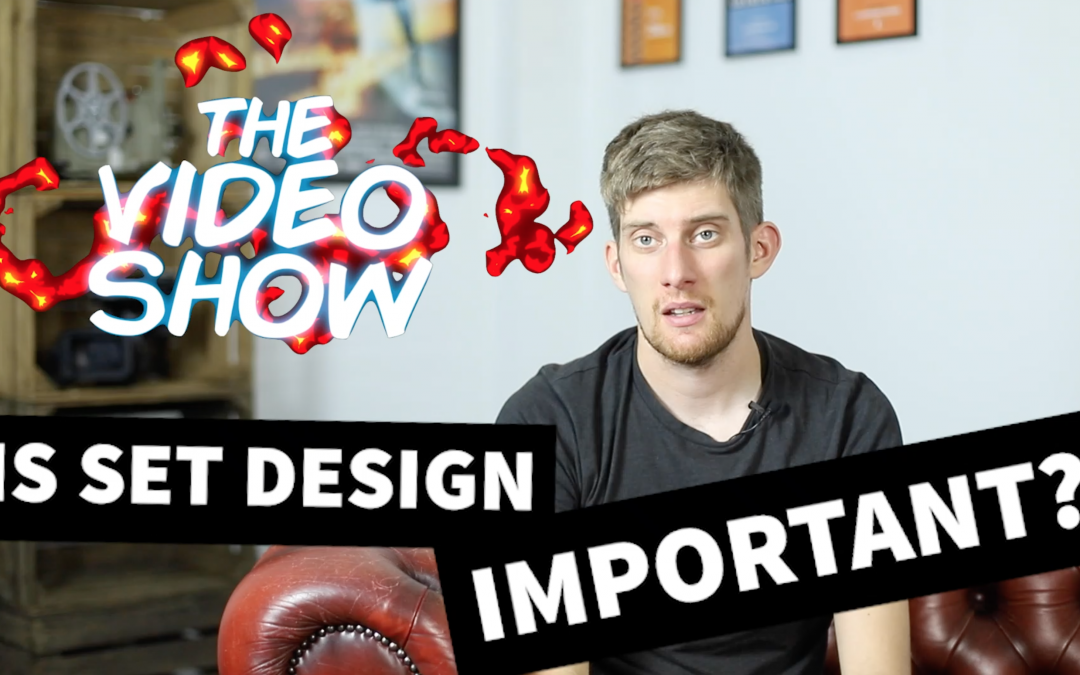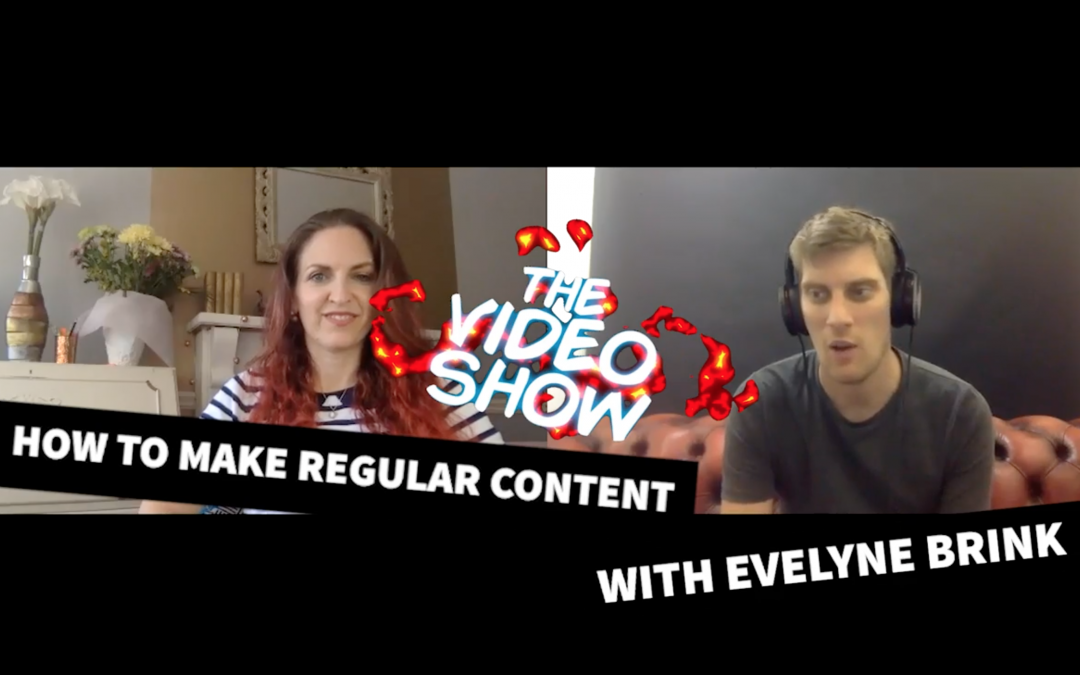When you think ‘Original Content’ you’d probably think Netflix or Amazon Prime, but businesses are getting in on the act.
Recently, companies like Mailchimp and Wistia have started to produce their own ‘Original Content’ by setting up in house studios where they create films, series and podcasts aimed for their audiences.
But where does this ‘Original Content’ differ from normal ‘content’?
The main difference that I’ve noticed is in the budget, there is a lot more time and money spent in creating these productions, they’re a lot more polished, they tend to be longer than your average 2-3 minute video and aim to attract an audience at a different time of day.
Mailchimp’s ‘Mailchimp Presents’ aims to compete with Neflix and Amazon Prime by creating content for business owners and entrepreneurs to watch when they’re not at work, by creating content about their audience. There are series such as ‘Second Act’ which follows 5 people who choose to go on a new path in their career, as well as ‘Taking Stock’ a series about stock photographers.
It’s content like this and Wistia’s own ‘Brandwagon’ (a talk show for marketers) and ‘One Ten One Hundred’ a series about how different budgets afford different levels of creativity, that really help build brand recognition. (I personally am hooked on Brandwagon, watching each episode as it’s released, and then listening to the podcast version when it comes out a few days later.)
But how can smaller businesses create content like this?
Firstly I think you need to invest in the right creative people, whether it’s a videographer who can spend a few hours a week with you creating new content, or somebody editing your podcast for you, it’s worthwhile spending the time to find the right people to help you create the best possible content you can. Gone are the days when you can stand out by creating a video from the front seat of your car, because everybody is doing it.
Do what you can with what you’ve got, and try to create something outstanding.
